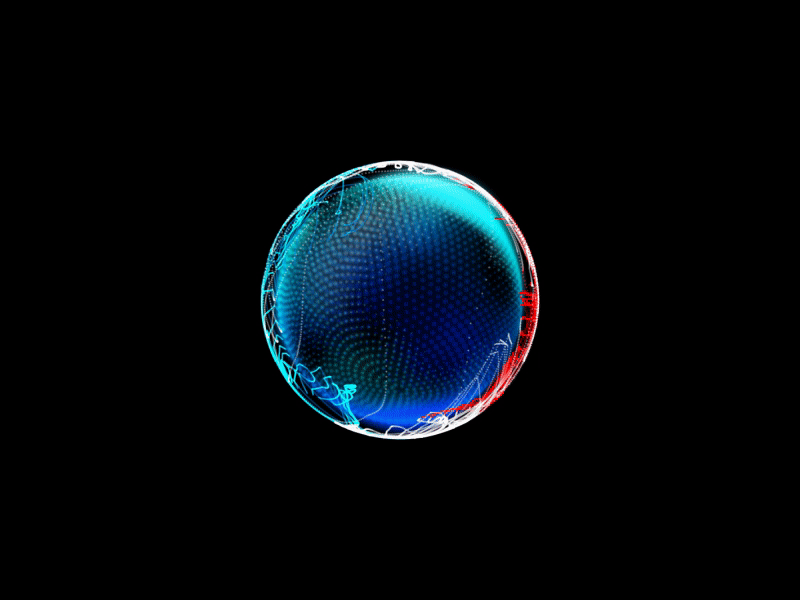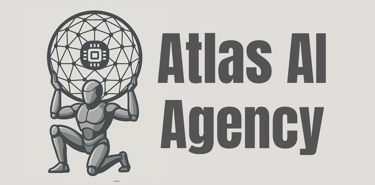
Will AI Ever Replace Humans?
Artificial intelligence (AI) is revolutionizing industries across the globe, sparking debates about its impact on jobs. While some fear AI will replace humans, the reality is more nuanced. The most powerful approach isn’t humans or AI alone—it’s the combination of the two. Companies that embrace this collaboration are likely to outpace those that don’t. Here's some examples why.
1/26/20253 min read



Will AI Ever Replace Humans?
Artificial intelligence (AI) is revolutionizing industries across the globe, sparking heated debates about its impact on jobs, creativity, and the future of work. While some fear AI will replace humans, the reality is far more nuanced. The most powerful approach isn’t humans or AI alone—it’s the combination of the two. Companies that embrace this collaboration are already pulling ahead, while those that resist risk being left behind. Let’s dive deeper into why this partnership is the key to success in the AI era.
The Power of Humans + AI
The idea of blending human intelligence with AI isn’t new, but its potential is only now being fully realized. Take the world of chess as an example. AI-powered chess engines like Deep Blue and AlphaZero can outperform even the best grandmasters. But here’s the twist: when humans and AI collaborate, the results are even more remarkable.
In “freestyle chess,” where human players can use AI assistance, teams of amateur players with AI tools consistently outperform both solo AI and solo grandmasters. Why? Because humans bring strategy, creativity, and intuition to the table, while AI contributes computational power, flawless memory, and precision. Together, they’re unstoppable.
This concept isn’t limited to chess—it translates directly to industries like healthcare, finance, marketing, and manufacturing. The future isn’t about humans versus AI; it’s about humans with AI.
Why Companies Need AI and Humans
1. Efficiency and Accuracy
AI excels at automating repetitive tasks, analyzing vast amounts of data, and providing instant solutions. For example, in customer service, AI chatbots can handle routine inquiries, freeing up human agents to tackle complex issues. However, humans are essential for overseeing these systems, ensuring the results align with broader goals, and adapting to unforeseen challenges.
2. Enhanced Decision-Making
AI can process data at lightning speed, identifying patterns and trends that might be invisible to the human eye. But interpreting these insights and applying them strategically requires human judgment and creativity. For instance, AI can analyze market trends, but it takes a human marketer to craft a compelling campaign that resonates with audiences.
3. Empathy and Connection
While AI can simulate human-like interactions, it lacks genuine empathy. Human touch remains irreplaceable for building trust, resolving conflicts, and delivering personalized experiences. In healthcare, for example, AI can diagnose diseases with incredible accuracy, but it takes a doctor to deliver the news with compassion and guide patients through treatment options.
4. Adaptability
Humans are naturally innovative and can think outside the box, adapting to shifting circumstances. AI, on the other hand, is limited to its programming and data inputs. In dynamic industries like technology and entertainment, human creativity drives breakthroughs that AI alone could never achieve.
The Competitive Edge of Human-AI Collaboration
Businesses that successfully integrate AI while empowering their workforce to leverage its potential will dominate their industries. Here’s how:
1. Outperform Competitors
Teams using AI tools can process data faster, make better decisions, and innovate more efficiently than those relying on traditional methods. For example, companies like Netflix use AI to analyze viewer preferences, but it’s their human content creators who turn those insights into award-winning shows.
2. Attract Top Talent
Workers are increasingly drawn to roles where they can utilize cutting-edge tools to enhance their skills and productivity. By fostering a culture of human-AI collaboration, companies can attract and retain the best talent.
3. Adapt to Market Changes
The combination of AI’s data-driven insights and human creativity allows businesses to respond to new challenges with agility. During the COVID-19 pandemic, for instance, companies that used AI to analyze supply chain disruptions while relying on human ingenuity to pivot their strategies were able to thrive.
Companies That Ignore AI Risk Falling Behind
Organizations that resist adopting AI could find themselves outpaced by competitors. But relying solely on AI without human oversight is equally risky. Automated systems can falter in unpredictable scenarios or make decisions that lack ethical considerations. For example, AI algorithms used in hiring processes have been criticized for perpetuating biases, highlighting the need for human oversight.
The sweet spot lies in empowering humans to work alongside AI, maximizing the strengths of both. Companies that fail to strike this balance risk becoming obsolete in an increasingly AI-driven world.
Conclusion: The Future of Work
Will AI replace jobs? In some cases, yes—but it will also create new opportunities. The real winners in this AI-driven era will be individuals who learn to harness its potential and companies that implement AI while maintaining a strong human element. As the chess example shows, the combination of human intuition and AI power is unbeatable.
The question isn’t whether AI will replace humans but how humans can best partner with AI to achieve extraordinary outcomes. By embracing this synergy, the future of work looks brighter than ever. The key is to adapt, innovate, and collaborate—because together, humans and AI can achieve what neither could accomplish alone.
Social Media
Contact
© 2025 Atlas AI Agency. All rights reserved.


